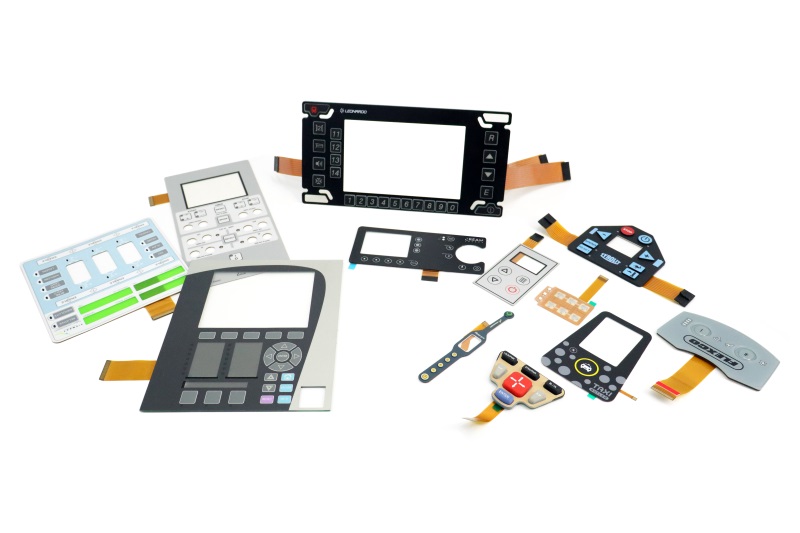Introduction

Troubleshooting and Fixing FPC Thin-Film Key Switch Leakage in Microwave Computers
Microwave computers often experience issues with FPC thin-film key switches due to prolonged exposure to moisture or water erosion. Detecting leakage can be challenging solely based on the appearance of the circuit board. In such cases, it is recommended to clean the film switch, FPC, and computer board with anhydrous alcohol. This article provides insights into resolving this problem, including identifying broken FPC printed lines and conducting necessary inspections for quick fault detection and repair.
FPC thin-film key switches in microwave computers sometimes encounter leakage issues caused by long-term moisture or water erosion. Detecting such leakage can be difficult based solely on the appearance of the circuit board. To address this problem, it is advisable to clean the film switch, FPC, and computer board using anhydrous alcohol. This method has proven to be highly effective in most cases.
In rare instances, the failure of the FPC thin-film key switch may result from multiple broken lines in the FPC printed circuit. However, this type of failure is typically a result of improper maintenance. It is crucial to conduct regular inspections using either the naked eye or a multimeter to quickly identify any faults. If broken lines are detected, they can be easily fixed through re-welding, eliminating the fault.
To fix leakage issues in FPC thin-film key switches of microwave computers, it is essential to address the root cause, which is often long-term moisture or water erosion. Cleaning the film switch, FPC, and computer board with anhydrous alcohol is an effective method for resolving this problem. Additionally, regular inspections using the naked eye or a multimeter can help identify any faults, such as broken FPC printed lines, which can be repaired through re-welding. By following these steps, users can ensure the smooth operation of their microwave computers.
failure of individual key switches on the keyboard. The main cause of the failure is the break line of FPC line or the bad contact of film switch. Can find the corresponding failure of the switch membrane switches, and lines, reference to the above method can be treated after troubleshooting.FPC thin film key switch: Thin Film Key introduction, thin film key is the “Key + film”basic structure, so, the key feel, characteristics and so on depend on the design of thin film key. Considering the reliability of switch contact separation and rebound, the thickness of thin film is 0. – 0.2 mm is the best, too thin springback is weak, contact separation is not sensitive. Thick reaction slow increase the strength of operation. Larger key body, such as the diagonal length of the square key or circular key diameter is greater than, choose 0.15 or 0.2 mm thick film. Thin film slightly thick, strong rebound, the key body after many times after the tendency of the film relaxation is smaller, so as to ensure the normal work contact. When the isolation layer thinner, the substrate film thickness should be thick, thin film easy to occur contact of the self-through. Planar buttons allow the selection of slightly thicker film material, and used for the circuit contact bubble film is Generally 0. MM thick film, only in the bubble ball diameter and the top of the string height of the smaller case, it is appropriate to use thicker film. The membrane button is the necessary structure in the electronic button products, it is the conductive film built in the metal spring sheet button products and the conductive adhesive button products, the function of the membrane button is to play the switch conductive role in the button products, commonly used in PCB and FPC Circuit Board conductive sheet. The structure of the membrane key is very simple. After the key cover and the key cap are taken off, the Membrane Circuit and the circuit board under the key can be seen.
